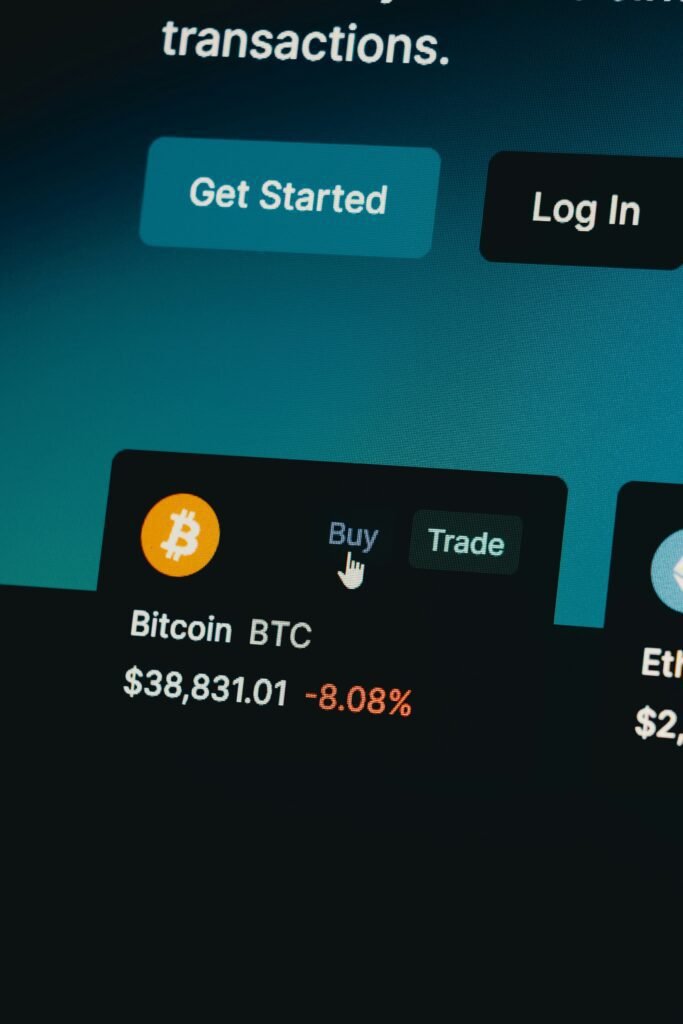Lead — who, what, when, where, why, how
The Tempo L1 blockchain has gone live in a private testnet led by Stripe and Paradigm. Launched in September 2025, the Tempo L1 blockchain aims to power high-speed stablecoin payments with low fees. Major partners including Visa, Deutsche Bank, Shopify, Nubank, OpenAI, and Revolut joined the private testnet. The team says the Tempo L1 blockchain targets over 100,000 TPS and sub-second finality. The rollout focuses on pragmatic, enterprise-grade on-chain payments and robust validator testing.
Tempo L1 blockchain launch
The Tempo L1 blockchain private testnet is invitation-only and built to stress payments rails. Stripe and Paradigm designed the chain with an enshrined AMM so fees can be paid in any stablecoin. The private testnet uses a neutral validator set drawn from industry leaders and payments firms. Tempo L1 blockchain will publish performance benchmarks as partners run real workloads. Early tests will check throughput, finality, and fee stability under sustained load.
Private testnet partners
The private testnet includes Visa, Deutsche Bank, Shopify, Nubank, OpenAI, and Revolut. These firms will simulate payroll, remittances, microtransactions, and embedded accounts. Real-world partner involvement helps validate settlement flows before a wider rollout. Tempo L1 blockchain testing with major finance partners underscores interest in durable on-chain payments solutions.
Stablecoin payments focus
Tempo L1 blockchain prioritizes stablecoin payments to lower settlement costs. An enshrined AMM lets users pay fees in USD-pegged tokens rather than a native gas token. That design supports payrolls, payouts, and tokenized deposits without awkward swaps. By focusing on stablecoin payments, the network aims to simplify treasury operations for businesses and platforms.
EVM-compatible Reth design
Built on Reth, Tempo is EVM-compatible and familiar to existing developers. That compatibility reduces friction for smart contracts, wallets, and dev tools. Integrations with DeFi components and payments SDKs should be straightforward. Tempo L1 blockchain keeps EVM compatibility to attract existing tooling and speed developer adoption.
TPS 100k ambitions
Tempo L1 blockchain claims a >100k TPS target with sub-second finality for settlement. That throughput is meant for high-frequency payment flows and micropayments at scale. Tests will show whether the chain maintains throughput with realistic transaction mixes. If successful, the network could route large volumes of on-chain payments at low unit cost.
Next for on-chain payments
As the private testnet expands, Tempo L1 blockchain will report security and performance benchmarks. Any move toward public testnet or mainnet will require broader validator decentralization. The project’s success may reduce fees and speed across competing rails. Expect more updates on Tempo L1 blockchain as test metrics arrive.
Additional context and significance
Stripe’s collaboration with Paradigm and leading payments firms signals industry coordination. Tempo L1 blockchain is aimed at practical payments, not just speculative token models. The enshrined AMM and EVM tooling reflect a design built for business adoption. Watch partner reports for concrete data on TPS, latency, and cost per transaction.
BlockAI bottom line
Tempo L1 blockchain is an important experiment in scaling stablecoin rails for real-world commerce. If metrics hold, mainstream firms may start routing payout and remittance flows on-chain.
Frequently asked questions about Tempo L1 blockchain (FAQ)
Q1 — what is the Tempo L1 blockchain?
The Tempo L1 blockchain is an EVM-compatible Layer 1 built by Stripe and Paradigm to enable stablecoin payments at scale. It runs a private testnet with major partners and uses an enshrined AMM for fee payments.
Q2 — who is testing the Tempo L1 blockchain?
Visa, Deutsche Bank, Shopify, Nubank, OpenAI, Revolut and other validators are part of the private testnet. These partners simulate real payment flows and stress the network.
Q3 — when will the Tempo L1 blockchain go public?
The Tempo L1 blockchain is currently in private testnet. There is no public mainnet date yet. A public launch will depend on audits, decentralization, and test results.
Q4 — why does the Tempo L1 blockchain matter?
Tempo L1 blockchain could cut costs and speed up on-chain payments, enabling payrolls, remittances, and embedded accounts at scale. Its partner roster increases the chances of mainstream adoption.



